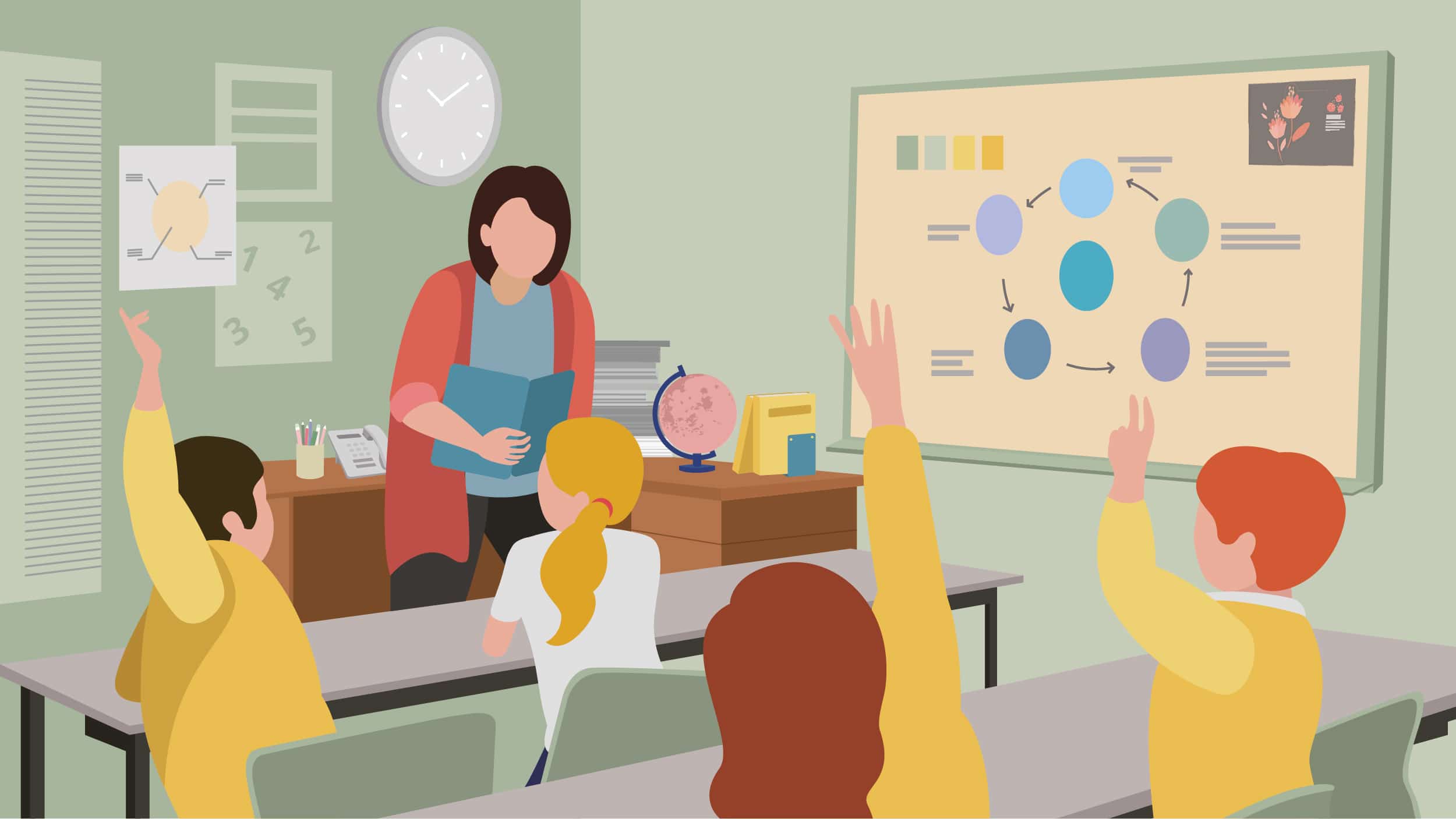Augmented reality (AR) for education and training
Augmented Reality (AR) for Education and Training: Unlocking New Dimensions of Learning
Introduction
The convergence of technology and education has opened up endless possibilities in the way we learn and teach. One such innovative tool that has transformed the learning landscape is Augmented Reality (AR). Augmented Reality overlays virtual elements onto the real-world environment, enhancing the learning experience and creating an immersive educational journey. In this blog post, we will explore the remarkable potential of AR for education and training, examining its benefits, applications, and future prospects.
Understanding Augmented Reality (AR)
Before diving into the applications of AR in education and training, let's first understand the concept of AR. Augmented Reality is a technology that superimposes computer-generated content, such as images, videos, or 3D models, onto the user's view of the real world. Unlike Virtual Reality (VR), which creates an entirely virtual environment, AR integrates digital elements seamlessly into the physical world.
AR relies on specialized devices like smartphones, tablets, or smart glasses to deliver the augmented experience to users. These devices use sensors and cameras to perceive the environment and overlay relevant information on the user's screen in real-time.
The Role of AR in Education
1. Enhanced Visualization
AR brings abstract concepts to life, allowing students to visualize complex ideas with ease. For instance, in biology classes, students can examine 3D models of organs, cells, and organisms, enabling a better understanding of their structures and functions.
2. Interactive Learning
AR offers interactive learning experiences that actively engage students. By interacting with AR simulations, learners can participate in virtual experiments, historical reenactments, and other educational activities. This hands-on approach fosters deeper comprehension and retention of knowledge.

3. Personalized Learning Paths
AR can adapt to individual learning styles and paces, providing personalized learning paths. Through data analysis, AR applications can identify a student's strengths and weaknesses, tailoring content to suit their specific needs, ensuring optimal learning outcomes.
4. Gamified Education
Gamification elements in AR apps can make the learning process enjoyable and motivating. Students can earn rewards, complete challenges, and progress through levels as they acquire new knowledge and skills.
5. Language Learning
AR can transform language learning by enabling real-time translation and pronunciation assistance. Learners can point their devices at foreign-language texts or objects to receive instant translations and practice correct pronunciation.
AR Applications in Training and Skill Development
1. Employee Training
In various industries, AR is revolutionizing employee training programs. For example, in the manufacturing sector, trainees can use AR to learn complex assembly processes with step-by-step visual instructions overlaid on the actual machinery.
2. Medical Training
AR is transforming medical education and surgical training. Medical students can practice surgeries on AR-simulated patients, enhancing their dexterity and decision-making skills in a risk-free environment.
3. Military and Defense Training
AR is being employed in military and defense training to simulate real-life combat scenarios. Soldiers can receive tactical training in augmented environments, improving their situational awareness and decision-making under pressure.
4. Aviation Training
Pilots and aviation technicians can benefit from AR-assisted training, which allows them to familiarize themselves with cockpit instruments and complex aircraft systems.
Future Prospects of AR in Education and Training
The potential of AR in education and training is only beginning to be realized. As technology advances, we can expect even more exciting developments:
1. Wearable AR Devices
Wearable AR devices, such as smart glasses, will become more sophisticated and affordable, making AR experiences more accessible in educational settings.
2. Collaborative Learning
AR will enable collaborative learning experiences where students can interact with each other and virtual objects simultaneously, promoting teamwork and problem-solving skills.
3. Real-Time Feedback and Assessment
AR will facilitate real-time feedback and assessment, allowing educators to monitor students' progress more effectively and identify areas where additional support is needed.
Conclusion
Augmented Reality has the power to transform education and training, enriching the learning experience and fostering a deeper understanding of complex concepts. From interactive learning to personalized training programs, AR offers a plethora of opportunities for learners and professionals alike. As AR technology continues to evolve, it holds the potential to revolutionize the way we acquire knowledge and skills, creating a future where education is truly immersive, engaging, and empowering.
As we embrace the potential of AR, we must also address its challenges, such as privacy concerns and ensuring equitable access to AR-enabled education. By overcoming these obstacles and harnessing the full potential of AR, we can pave the way for a more inclusive, innovative, and effective learning ecosystem.
Note: The images used in this blog post are for illustrative purposes and may not represent actual AR applications.
Comments
Post a Comment